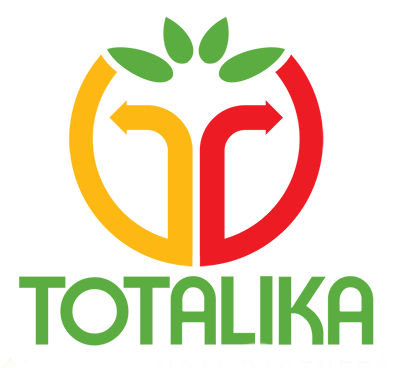5 Effective Communication Strategies to Overcome Workplace Safety Obstacles
Getting your employees motivated on changing their workplace safety attitude and getting them to follow safety rules and regulations is no mean feat.
A good manager is one who coveys the relevant information to his team. An excellent manager is one who takes it to the next level by engaging with employees and gets them to change their safety perspectives for the better.
And, how do they do it?
The answer – With the help of the Right Communication Strategies
Though it may sound obvious; you need the right communication methods to get your employees on board your safety principles.
Here, in today’s article, we give you a few useful hacks to overcome communication strategies at your workplace.
#1: Use Storytelling to Foster a Culture of Safety at Work
Disney theme parks all over the world are renowned for their spic and span cleanliness. In an interview, Trevor Larsen, the senior vice president of Facilities and Operations at the Walt Disney World, Orlando, stated that employees at the Disney Parks do not go through specific training modules on cleanliness. Instead, he says that Cleanliness is a value at the company and all people on the team develop it on their own.
When asked to explain further how employees understood this value and adopted it, he stated that Disney uses storytelling to engage with their employees.
Don’t underestimate the power of storytelling.
Very often, stories at the workplace that stem from the experiences of employees are a powerful medium to motivate people to follow safety principles.
Instead, of keeping on reminding people to work gloves while operating heavy machinery, tell them the story of an employee who lost the tips of two of his fingers, by failing to comply to this rule. This way, the next time an employee complains about the time taken for wearing and removing gloves, he will be reminded of this sad tale.
#2: Videos to Train Employees and Familiarize them with Safety Techniques
You may have heard the saying, “A picture is worth a thousand words.” In the digital era of today, “a video is worth a thousand pictures.”
Videos are an effective way to train employees on safety techniques. However, while using videos make sure that they are relevant and updated. By using off-the-shelf videos that don’t apply to your business, you not only disengage your employees but defeat the very purpose of using the video in the first place.
Alternatively, videos can also be used to identify problems on the field and find the right solutions. Let us explain this with a particular instance. Employees at a factory were experiencing severe muscle sprains and strains. They considered it as part and parcel of their work, which involved lifting heavy objects.
However, the manager shot a video of the process and approached an ergonomist. The specialist was able to pinpoint what’s wrong with the process and was able to come with solutions that helped to minimalize the injuries caused.
Thus, you can see videos not only simplify training but can also be used in several other creative ways.
#3: Use your Creativity when Creating Visual Reminders
There’s no arguing the fact that photos, graphical illustrations, and diagrams play a crucial role in promoting workplace safety. However, that doesn’t mean all visual signs are equal. When you create visual safety reminders, look for graphics or pictographs that are highly creative and distinct. Get the help of professionals instead of doing it on your own.
Visual safety reminders must be eye-catching, highly recognizable, concise and positioned at the right place to achieve the desired outcomes.
While visual signs are a good way to reinforce and remind employees about safety rules and regulations, they sort of blend into the background and become invisible when employees see them on a daily basis. The best way to overcome this problem is by using creativity when designing visual signage.
#4: Build Visual Cues and Pre-coded Messages
Today’s workplaces are pretty noisy. While noise can lead to hearing loss with time, it has far-reaching implications. In fact, studies state that a noisy environment is more prone to occupational injury. This means employees need to convey safety information with one another, even when there is huge background noise.
Some ways to tackle this challenge include,
- Develop visual cues
Consider teaching employees a system of hand signals, text boards to communicate messages and other information without relying on auditory communication channels. For emergency alerts, check out alarms with flashing lights, etc.
- Build Pre-coded Messages
For instance, you can have a particular word, which when uttered on the PA means employees have to clear the factory floor ASAP.
#5: Strengthen Communication between Employees and Management
To build a strong safety culture at work, you need both employees and management on the same page. This means employees must feel free to discuss all issues pertaining to the workplace with senior management. There should be no hesitation or fear of a backlash. Work on opening communication channels by conducting informal meetings, team outs, etc.
The Last Word
You may have a state-of-the-art safety program at your workplace. But, it isn’t of any use, if your employees aren’t following it. Get your team on board, by using the strategies listed here. Don’t let communication failures sound a death knoll to workplace safety.
For further assistance and customized safety solutions for your business, get in touch with our experts here at Totalika, India’s leading health and workplace safety consultants.

